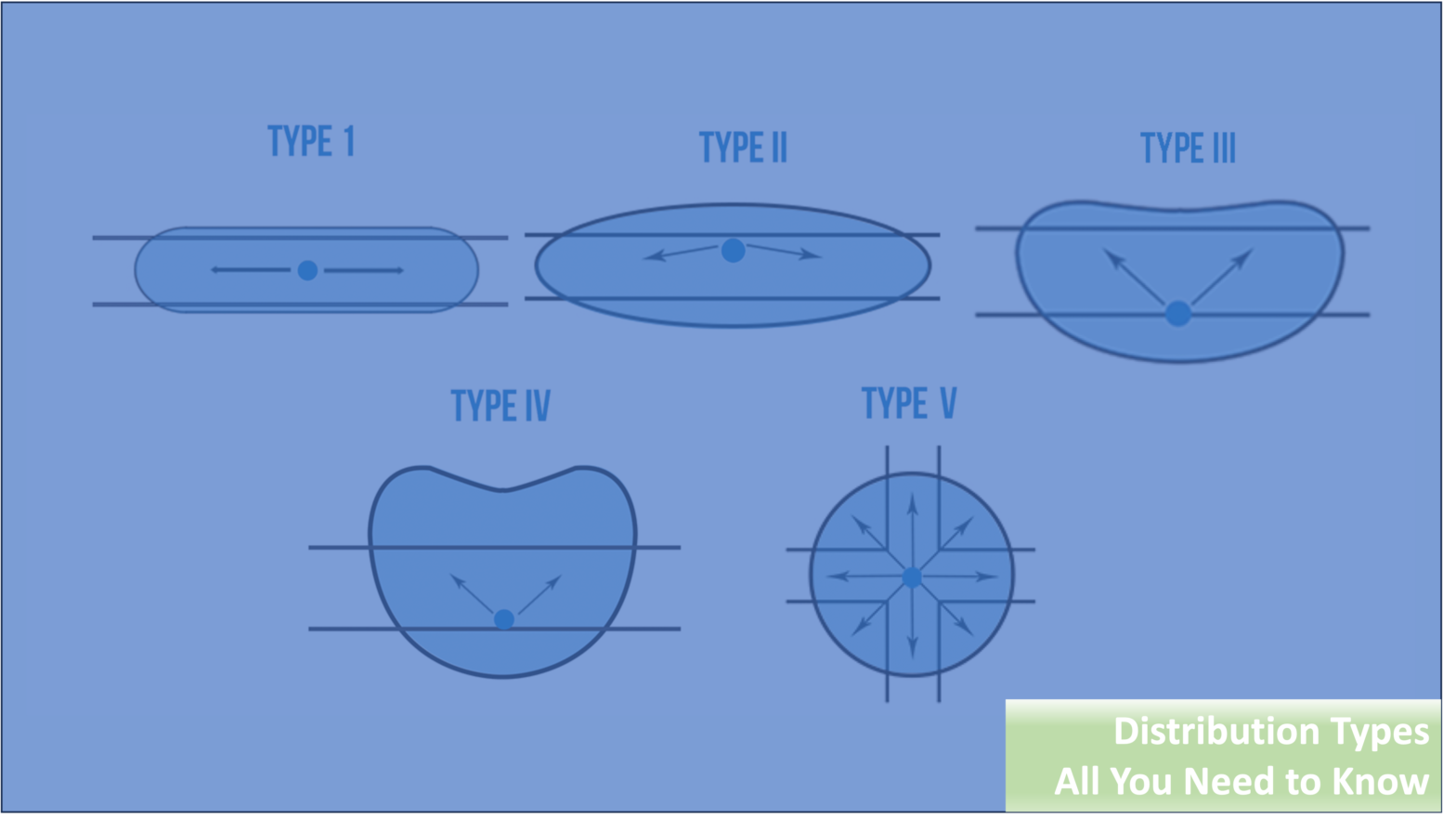The correlated color temperature (CCT) is used to describe the color of lighting produced by a lamp or luminaire. LED Lighting Color Temperature has nothing to do with the actual temperature at which the lamp operates; it rather describes the temperature to which you would have to heat a black body in order to make it glow with the same color, a borrowed concept from physics.
Warm and Cool Light
Most white LED lighting sources used in residential, commercial and industrial applications fall within a range of CCT values from 2700 to 6500 Kelvin.
- Lamps with a CCT of 2700K generate light with a yellowish tone, commonly called warm white.
- On the other hand, a source with a CCT of 6500K generates white light with an icy blue tone, commonly called cool white.
In a few words, lower CCT values are associated with “warm” colors, while high CCT values are associated with “cool” colors. For instance, a CCT of 1000K indicates a red lighting output; while a CCT of 30,000K would indicate a deep blue tone.
How Does the Color of Light Affect Humans?
The LED lights Color Temperature has a significant impact on how indoor spaces are perceived, affecting human emotions as a result. For this reason, it is very important to make sure the CCT of a specified light source is suitable for the activities that will be carried out where it will be installed.
Applications of Warm White Light
Warm white light tends to create an inviting and relaxing atmosphere, making it suitable for places where leisure activities requiring low concentration will be carried out. For this reason, light sources with CCT values between 2700K and 3000K are commonly found in areas such as:
- Restaurants
- Hotel rooms
- Bedrooms
- Living rooms
Warm white is the natural color of incandescent bulbs, and this is why they have been preferred over compact fluorescent lights in various applications. When upgrading to LED lighting, it is very important to select a product with the same CCT to preserve the ambience.
Applications of Neutral White Light
Lighting sources with a CCT of around 4000K generate a neutral white output, making them suitable for applications where long-term concentration is required: neutral white light enhances visibility without distorting how the environment is perceived. Lamps with a CCT of around 4000K are commonly found in locations such as:
- Offices
- Home studios
- Kitchens
- Industrial locations
Applications of Cool White Light
Cool white light is characterized by enhancing awareness and visibility, making it the recommended choice for precision tasks where high attention to detail is required. High-CCT lighting is often deployed in applications such as:
- Stores where products with fine details are displayed, such as jewelry or watches
- Art exhibits
- Outdoor lighting
- Industrial locations
Cool white light is unsuitable for bedrooms or locations where leisure activities will be carried out: the blue tones of lighting emitted can make it difficult to fall asleep or to relax, given that they boost awareness.
Conclusion
The LED Lighting Color Temperature and the color of lighting sources in general has a dramatic impact on how the environment is perceived, and the emotional and physiological response of humans varies accordingly. When the CCT of a light source matches the application, the end result is improved: offices can be made more productive, outdoor locations are made safer and stores can boost their sales, just to name a few examples.
Scott Van Kerkhove is the CEO of EnergyWise and writes on issues surrounding energy management, best LED light colors, energy efficiency and sustainability.







